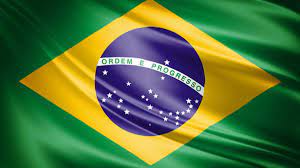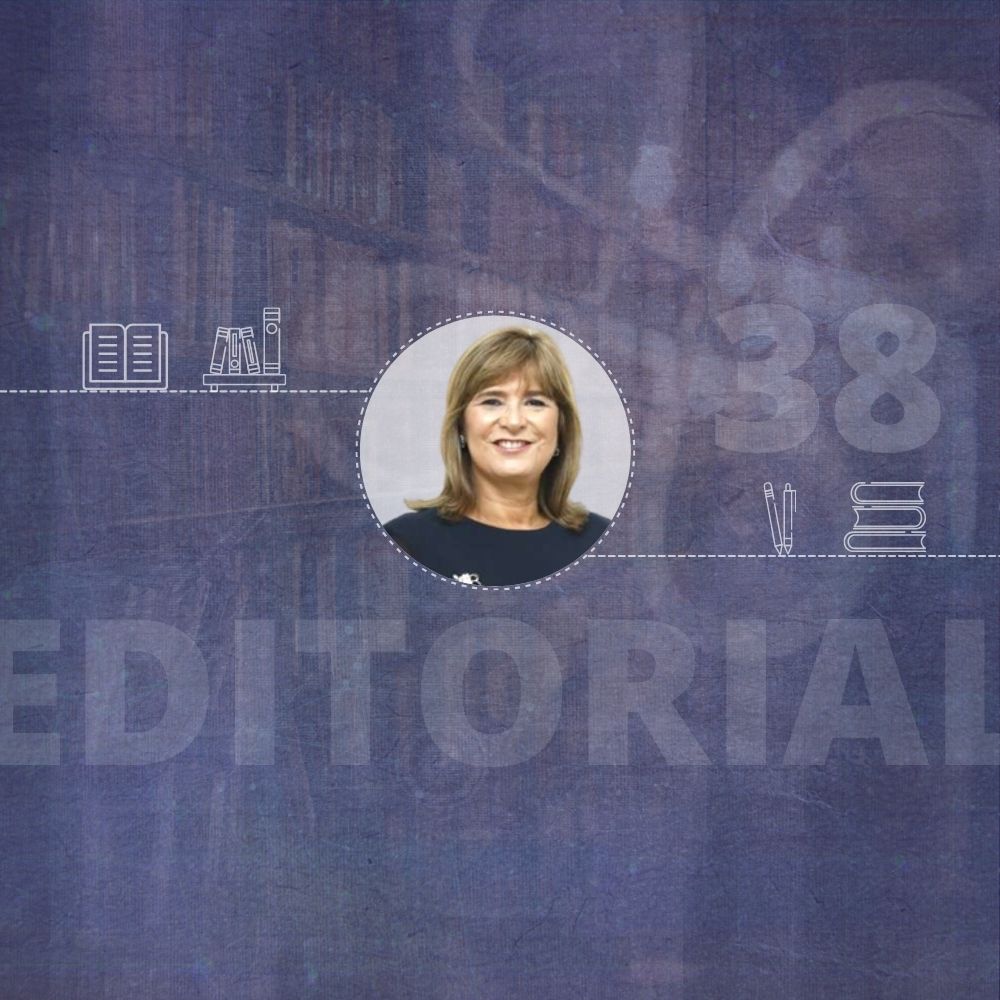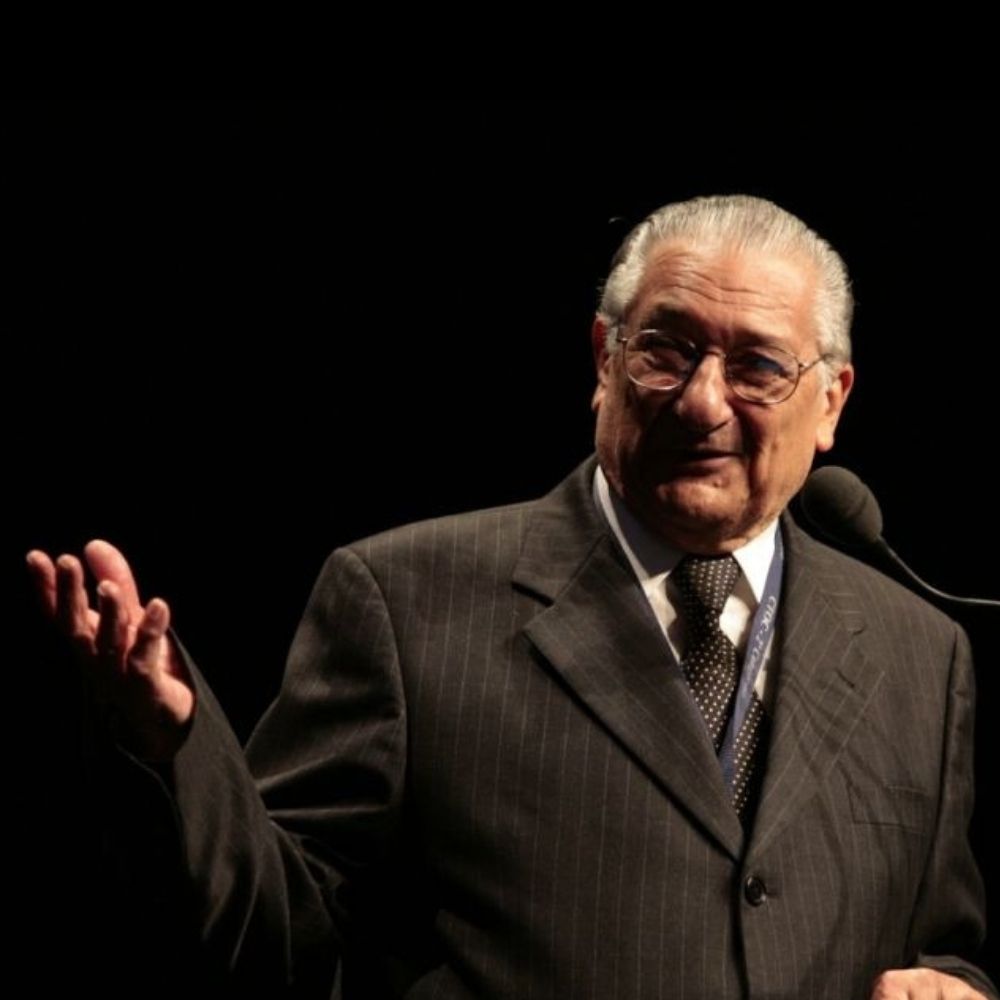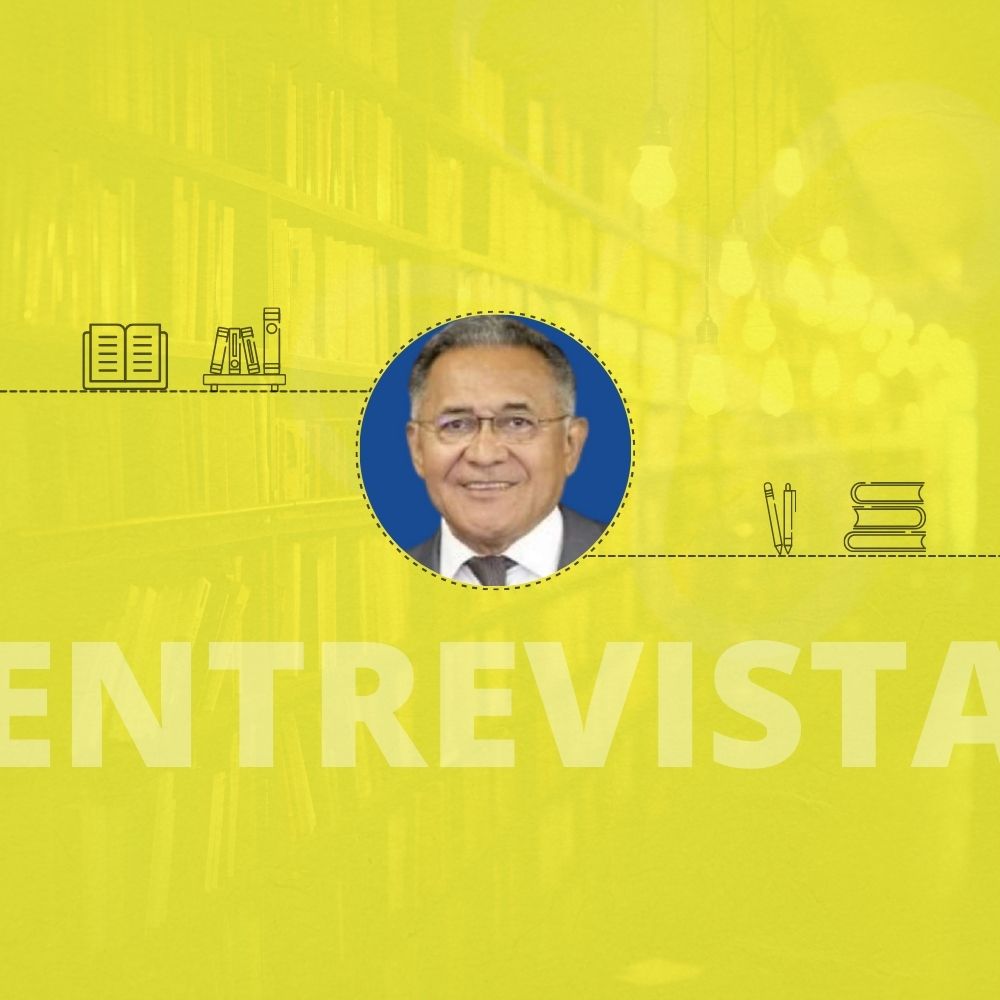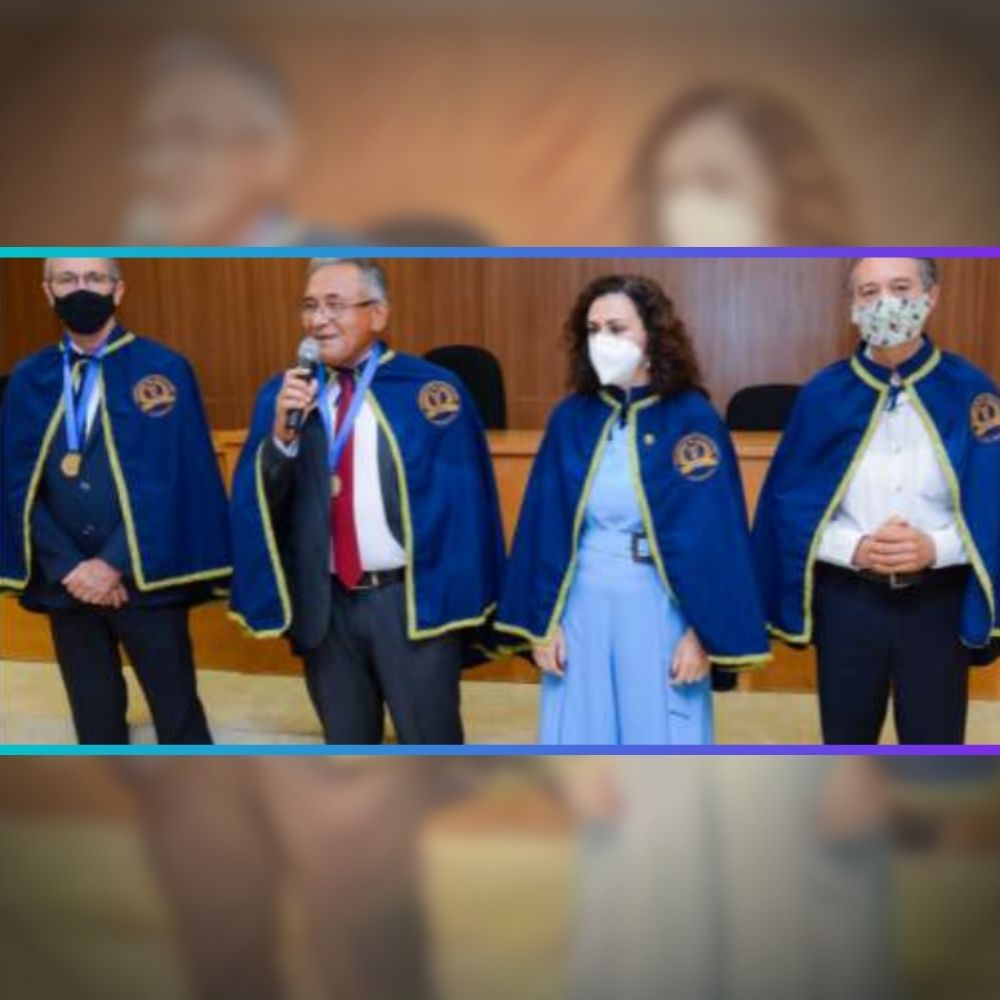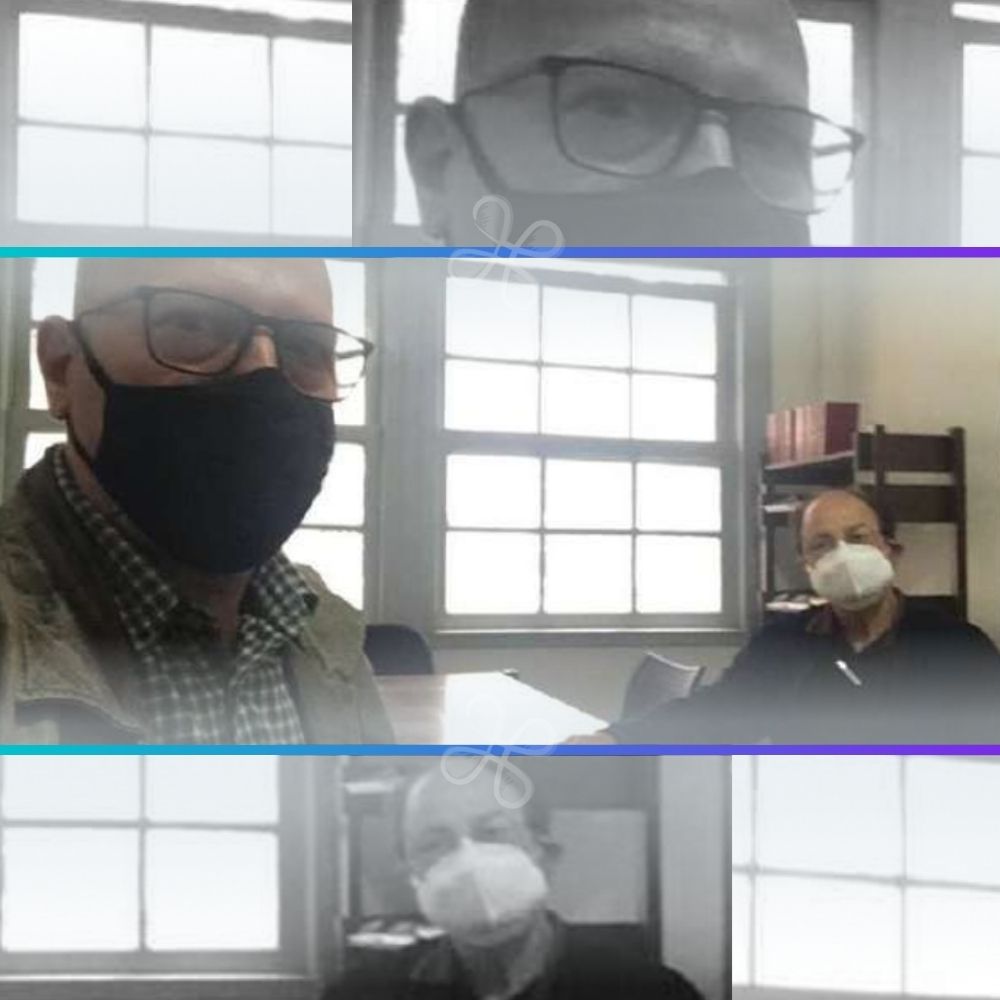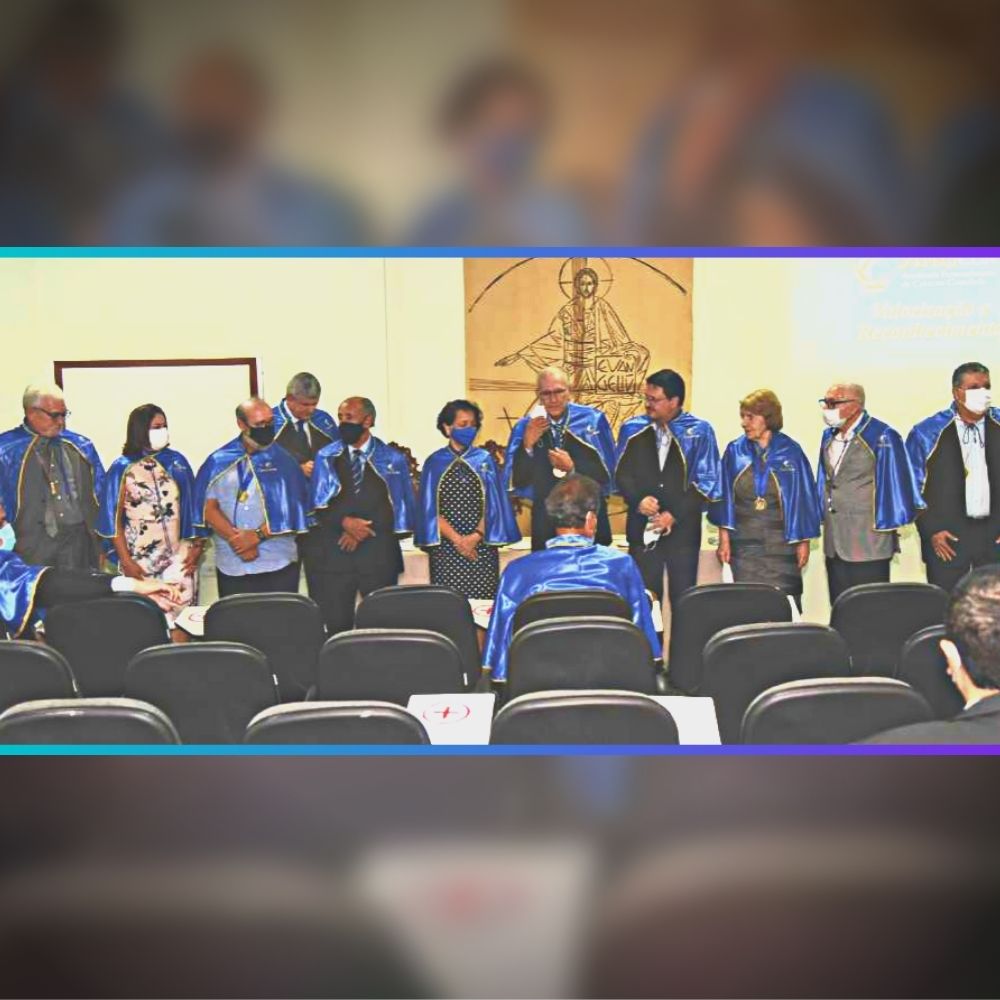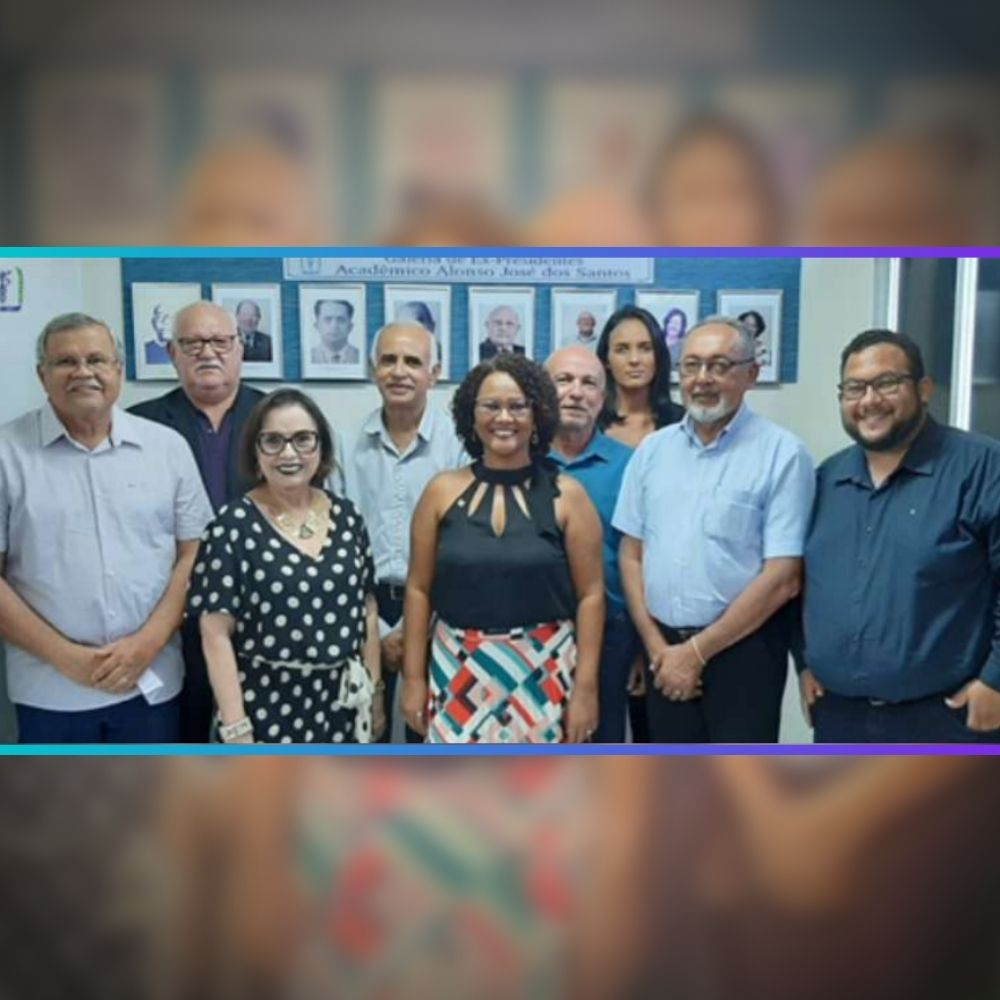
The Concentration of Knowledge Produced in Brazil Regional Economy Development
Abstract
This article briefly presents the result of a research that investigates the concentration of knowledge produced in Brazil, from 2013 to 2018, by state, using spectral methodology, with the objective of evaluating how the production of knowledge is distributed and how it impacts the income of families.
The results provide significant evidence of regional inequality in knowledge production and the impact on household income. The federation unit with the best performance, as it reduces inequalities, is the State of Rio Grande do Sul.
Key words: Knowledge production. Spectral methodology. Regional inequality.
Autor
Doctor in Accounting and Eco- nomics; Professor at DCCA/ FACE/UnB.
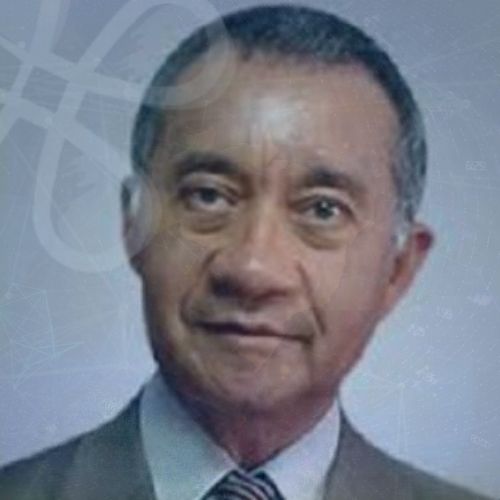
José Antonio de França
1. Introduction
This article discusses the result of a research that investigates the production of knowledge in Brazil. Knowledge as a vicissitude of Human Beings, diffused in the literature, is built in a learning process, through observation and investigation, whose benefits work in favor of life and the improvement of society.
Knowledge, as a promoter of the grouping of people and economic activity, stimulates the appearance of urban agglomerations, increases the income level and, consequently, produces social well-being, as addressed by Marshal (1890) and discussed by Haig (1920) and Florence (1929).
The knowledge covered in this text is produced through a continuous and formal learning process, which accumulates intangible human capital in the context of a public education policy, at the stricto sensu level.
This process, as noted by Richardson (1953-I), is imperfect and fragmented because each individual knows only a small part of what he should know.
It is also uncertain because it comes from personal estimates or opinions that may differ and cannot be evaluated as true or false, and may even be conflicting.
From this simple contextualization, the concentration of knowledge production in Brazil is evaluated, as a public policy, at a stricto sensu level, aggregated by Major Area, Area and region, in the time horizon 2013 to 2018, using spectral methodology in three dimensions, addressed by the literature on agglomerations and applied to regional development, as discussed by De França (2020) and De França and Sandoval (2021), with the aim of investigating how equal/unequal knowledge is produced in Brazil, by region, and how household income is impacted.
The indicators used for evaluation are the location quotient (LQ) and the knowledge concentration index (CI).
The Major Areas and Areas are defined by CAPES (Coordination for the Improvement of Higher Education Personnel). Region is each of the units of the federation (UF).
The concentration of knowledge, in a statistical context, means that the closer to the indicators’ metrics the observations of knowledge production are, by region and time unit, the smaller the regional inequality will be. Otherwise, the further away, the greater the inequality. It is in this context that the findings of the article are expected to be useful to help managers in the evaluation of public policies and researchers in research related to the theme.
2. Knowledge leveraging regional development
Knowledge is an input that leverages the development of a region and/or a nation, as capital allocation, because it enables and specializes human capital, as Romer (1996) argues, it increases and improves productivity through the adequate use of technology, rational use of natural resources and the improvement of processes, as discussed by Quatraro (2010), Cooke et al (1997) and Antonelli (2008), and also by interacting with other sectors of the economy, as shown by the findings of Zabala-Iturriagagoitia, Voigt, Gutiérrez-Gracia and Jiménez-Sáez (2007) in an applied study in part of the European Union.
The local choice of capital allocation, as discussed by Furtado (2006, pp. 232- Knowledge, as a promoter of the grouping of people and economic activity, stimulates the emergence of urban agglomerations, increases the level of income and, consequently, produces social welfare 233), is stimulated by productivity gains and price formation. The combination of these two variables impacts the installation of economic activity in some sector, in one region more than in another, and challenges public policies in the search for a solution that minimizes this effect with a view to equalizing regional production.
Public policies, in this context, result from the dynamics of power relations constituted by economic and political groups, social classes and other civil society organizations, which direct the administrative intervention actions of the State in the social reality and/or investments, as addressed by Boneti (2017).
3. Methodology
The non-parametric spectral methodology is supported by the Location Quotient (QL) extended to three dimensions: geography, economy and time, defined by the quotient of regional QL matrices, and the knowledge concentration index (CI). Both indicators measure the concentration of sectors of the economy, represented by Major Areas and Areas, by region over the time horizon, in the optimal perspective, when QL tends to 1 and IC tends to zero. See complete model in De França and Sandoval (2020).
4. Analysis of results
To develop the analysis and obtain the results, 471,308 productions of knowledge were used, 352,616 productions at the master’s level (dissertations) and 118,692 at the doctoral level (theses), distributed in 6,877 postgraduate programs offered in the 27 units of the federation ( UF) in 4,564 specialties.
The results obtained suggest that the knowledge produced in Brazil is regionally unequal because the QL does not tend to 1 and the IC does not orbit near zero and signal an abyss between the UF with the highest and the UF with the lowest knowledge production, as documented by De France (2020) and From France and Sandoval (2021).
The distribution of results in the 27 UFs indicates that the State of Rio Grande do Sul is the only UF that comes close to the optimal state of a regionalized public education policy, with QL tending to 1 and CI tending to zero. Also in improving the distribution of household income, UF Rio Grande do Sul was the only one to obtain an efficiency score in all approaches.
These results, produced by the spectral methodology, were confirmed by the DEA methodology and by econometric analysis using a quantile model. Therefore, these results are robust to assist regulators in knowledge production public policies.
5. Conclusions
The research findings, with the application of the spectral methodology, are robust and suggest that the model can be applied to assess the result of public policies for the production of knowledge in improving productivity, income and employment.
The results suggest that the regional production of knowledge in Brazil is uneven and that the State of Rio Grande do Sul is the unit of the federation that comes closest to the efficiency in the production of knowledge that this knowledge improves the income of families.
Finally, as this is a summarized article, which is already a limitation, it is suggested to read the complete analysis in De França (2020) and De França and Sandoval (2021). With this, it is expected that the findings presented can help public policy managers in monitoring actions, as well as researchers in exploring the topic in regional development.
References
REVISTA ABRACICON SABER – ISSN: 2357/7428
EDIÇÃO Nª 38 – NOVEMBRO/DEZEMBRO de 2021 /JANEIRO DE 2022
ANTONELLI, C., 2008. Localised Technological Change. Towards the Economics of Complexity. Routledge, New York.
BONETI, L. (2017). Políticas públicas por dentro. São Paulo, Mercado de Letras.
COOKE PHILIP;; URANGA, MIKEL GOMEZ E eAND ETXEBARRIA, GOIO. (1997).
Regional innovation systems: Institutional and organizational dimensions. Research Policy 26, 475-491. doi: https://doi. org/10.1016/S0048-7333(97)00025-5.
DE FRANÇA, José Antonio. (2020). Analise Análise da concentração de setores produtivos: teoria e aplicações, 2020. Tese de Doutorado em Economia. Universidade Católica de Brasília, Brasília, jun/2020. Disponível em: https://page. ucb. br/bc/producao. lista?tip=TeS&id1=107&id2=M.
DE FRANÇA, J.A.; Sandoval, W.S. (2021). Knowledge Economy in Brazil: Analysis of Sectoral Concentration and Production by Region. International Journal of Economics and Finance; Vol. 13, No. 11; 2021. Disponível em: https://www. researchgate.net/publication/355273414_ Knowledge_Economy_in_Brazil_Analysis_ o f_ S ecto ra l _ C o n cen tra ti o n _ a n d _ Production_by_Region.
FLORENCE, P.S. (1929). The Statistical Method in Economics and Political Science: A treatise on the quantitative and institutional approach to social and industrial problems. Harcourt, New York.
FURTADO, Celso. (2013). Fornação Econômica do Brasil. 34.ed. São Pauo, Schwarcz.
HAIG, Robert Murray. (1920). Division of Research and statistics of New York State of Opportunity (jun, 2017).
MARSHAL, Alfred. (1920). Principles of Economics. 6.ed. MacMillan, Toronto.
QUATRARO, Francesco. (2010). Knowledge Coherence, Variety and economic Growth: Manufacturing Evidence from Italian Regions. Research Policy, Elsevier. v. 39, pp.1289-1302.
RICHARDSON, G.B. (1953). Imperfect
Knowledge and Economic Efficiency. Oxford Economic Papers, New Series, v. 5, n. 2, pp. 136-156.
ROMER, David. (1996). Advanced Macroeconomics. 4.ed. McGrow-Hill, U.S.A.
ZABALA-ITURRIAGAGOITIA, JON M.; VOIGT, PETER; GUTIÉRREZ-GRACIA, ANTONIO E JIMÉNEZ-SÁEZ, FERNANDO.
(2007). Regional Innovation Systems: How to Asses Performance. Regional Studies, v. 41, n. 5, pp. 661-672. https:// doi.org/10.1080/00343400601120270.
ISSN: 2357/7428

